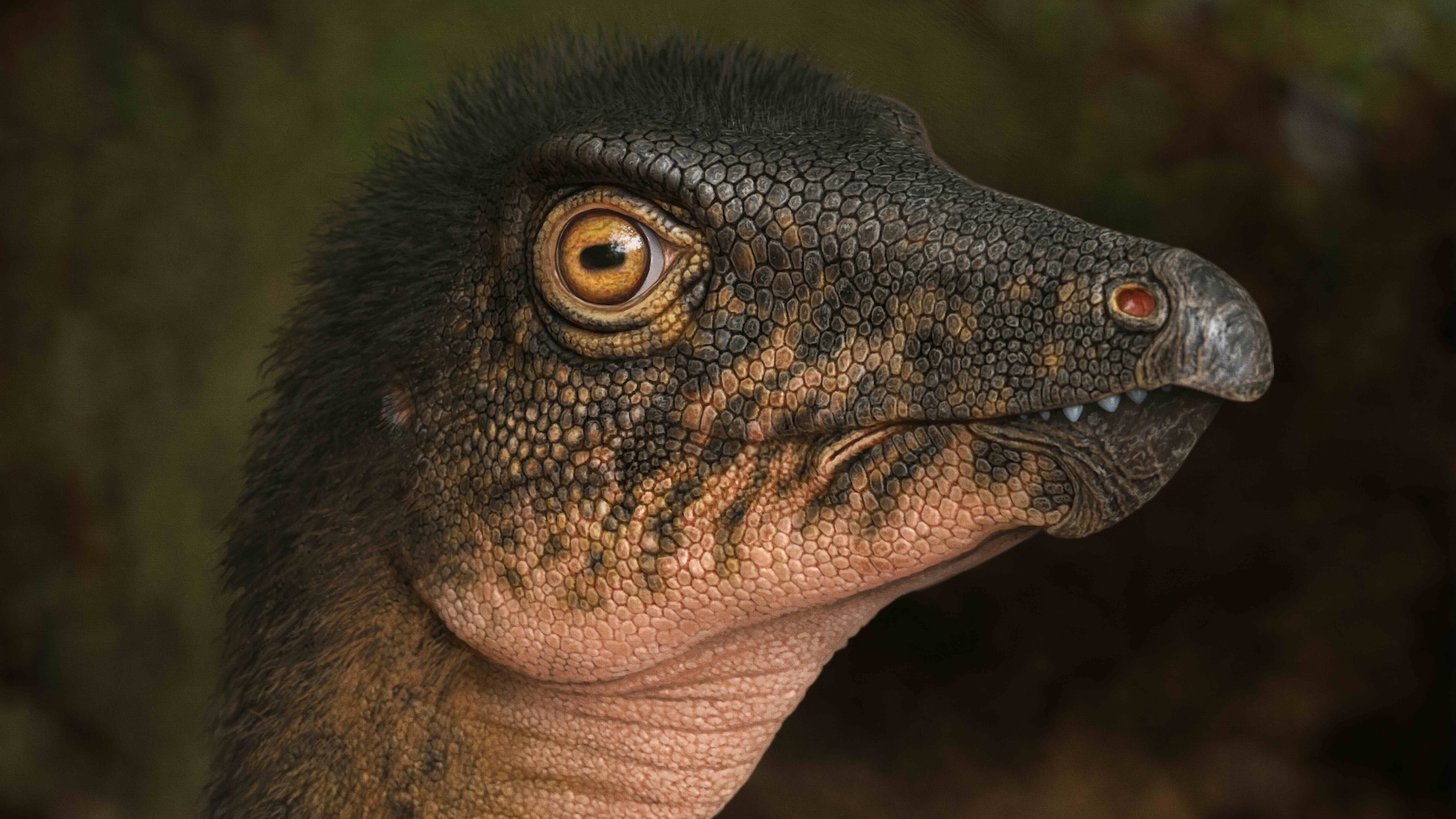Now Reading: Dinosaur Bone Unearthed Beneath Denver Museum Parking Lot
-
01
Dinosaur Bone Unearthed Beneath Denver Museum Parking Lot
Dinosaur Bone Unearthed Beneath Denver Museum Parking Lot

Swift Summary
- A dinosaur fossil was discovered 763 feet beneath the parking lot of the Denver Museum of Nature & Science during a drilling project aimed at exploring geothermal energy possibilities and studying geological layers.
- The fossil turned out to be vertebra fragments likely belonging to herbivores such as Thescelosaurus or Edmontosaurus.
- The discovery is significant as it is indeed the deepest and oldest dinosaur fossil found within Denver city limits, dating back 67.5 million years to just before the Cretaceous-Tertiary mass extinction event.
- Denver’s landscape during that period consisted of tropical rainforests and floodplains inhabited by species like tyrannosaurus rex, Triceratops, and othre dinosaurs.
- While one of the bone fragments broke during extraction,another piece survives for study and public exhibition at DMNS in a temporary display.
Images:
- Image of plant-eating ornithopod dinosaur (Thescelosaurus) reconstruction from its lush Cretaceous habitat (Source Credit: Andrey Atuchin / DMNS)
- Photo showing a portion of recovered vertebra that serves as Denver’s oldest known dinosaur specimen (Source Credit: Rick Wicker/Wicker & Richard M./DMNS)
- Artistic rendering displaying tropical ecosystems with species from pre-historic Denver ([Credit: Gary Stabb, Johnson/Raynolds])
!Prehistoric Landscape Reconstruction Image
Indian opinion Analysis
The discovery highlights how cutting-edge scientific methods can uncover invaluable historical insights-even in urban settings previously thought unlikely for such finds. For India, this breakthrough provides inspiration for leveraging infrastructure projects with dual goals-such as integrating geological research while addressing sustainability challenges (geothermal exploration). It serves as a model example emphasizing cross-disciplinary collaboration; similar approaches could be applied in regions rich in paleontological significance, like Narmada Valley or Jaisalmer Basin.
Further, this underscores how ancient ecosystems shaped modern-day environments-a lesson India can apply when considering conservation policies tied to its unique biodiversity hotspots like Western Ghats or Sundarbans wetlands feared facing extinctions amid today’s climatic ecosystem fringe point.”. Public displays/museum exhibit nearer educational tools
























